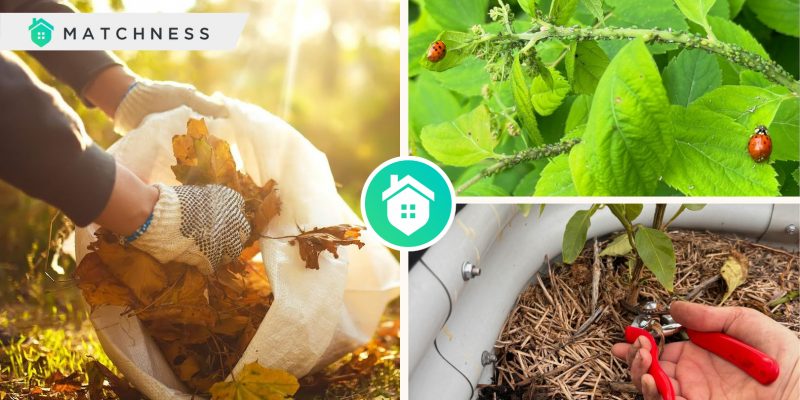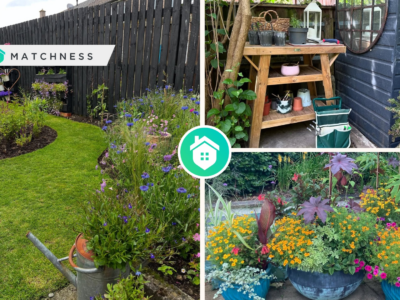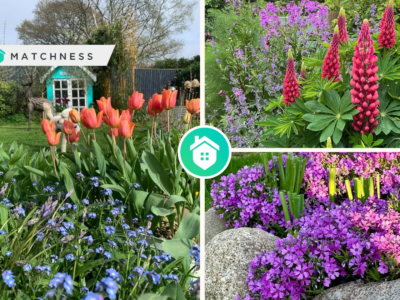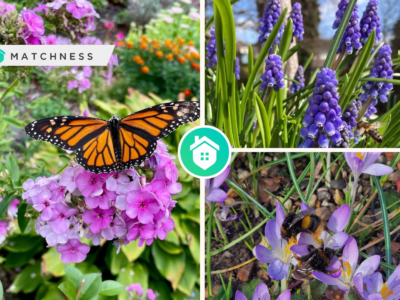As the vibrant days of summer gradually give way to the cooler temperatures of fall, gardeners across regions often turn their attention toward seasonal maintenance. Fall is a crucial time to protect plants and prepare gardens for winter, setting the foundation for a healthy garden in the following spring. While pests tend to be less active in cooler months, several species continue to pose a threat to plants, necessitating timely and effective pest control measures. By implementing pest control strategies in the fall, gardeners can significantly reduce infestations in the coming year and ensure a flourishing garden.
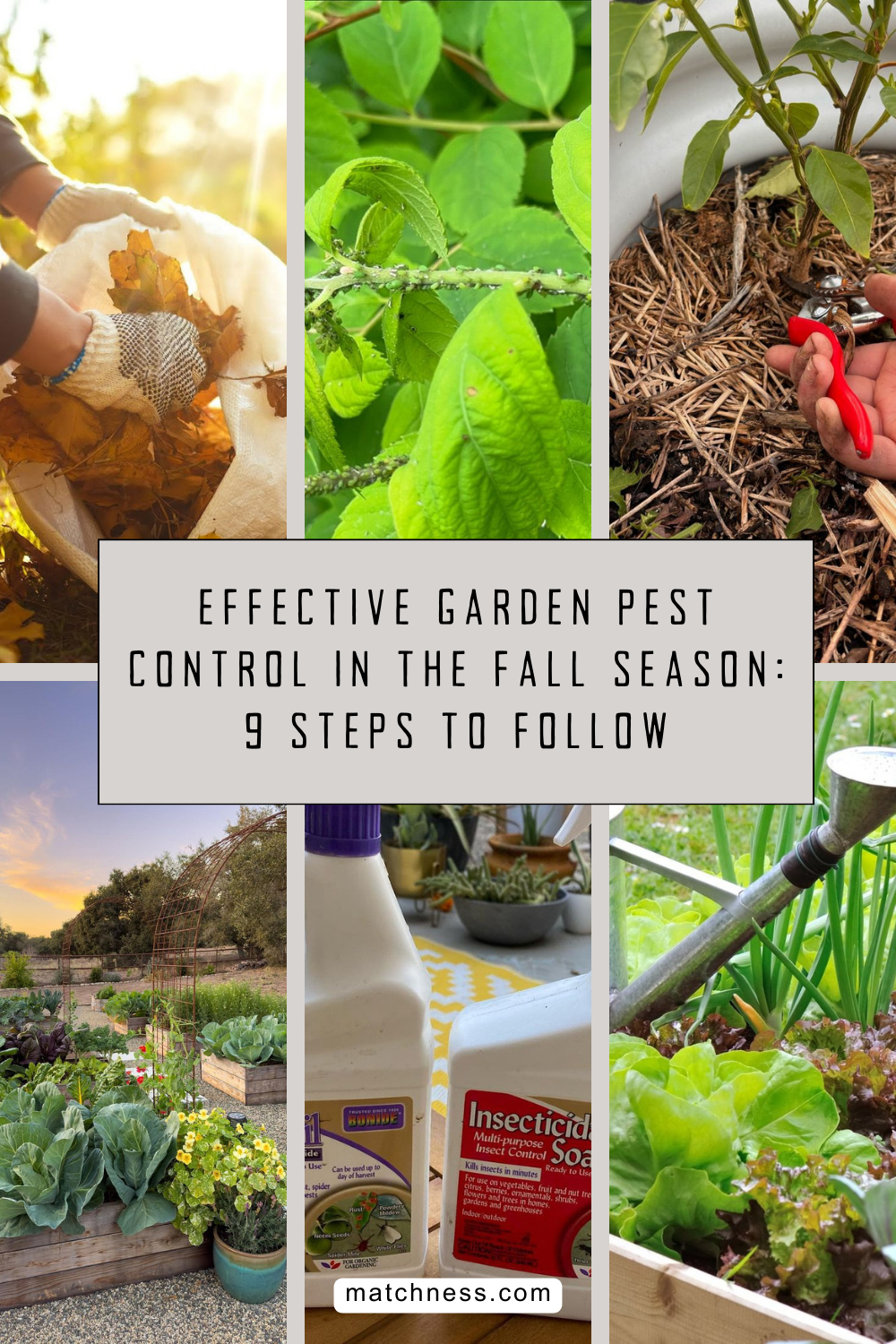
Understanding the dynamics of pest behavior during the fall season is essential for managing common problems in the garden. Pests, much like plants, adapt to the changing environment, with many species either laying eggs or burrowing into soil and plant debris to overwinter. Proactive steps to manage these pests can make a substantial difference in the spring when larvae or adult insects emerge in large numbers. This article will explore practical pest control techniques for the fall season, helping gardeners minimize damage and maintain a balanced, healthy ecosystem.
Understanding Fall Pest Behavior
Garden pests adapt to seasonal changes in various ways. Some species go dormant, while others lay eggs in sheltered areas where they will hatch in the spring. Many overwintering pests hide in soil, leaf litter, and even within the crevices of perennial plants or trees. Fall pest control practices are aimed at disturbing these hidden sanctuaries, reducing the number of pests that survive the winter.
Understanding specific pest behavior in the fall is crucial to effectively managing them. For instance, aphids, spider mites, and certain beetles tend to seek out protected spots in the garden where they can lay eggs. Caterpillars, like the cabbage moth larvae, often hide in soil or leaf litter, emerging in the spring to feast on tender new growth. Identifying these pests’ hiding places and managing them early can prevent widespread infestations and limit the need for chemical treatments later.
Clean-Up and Debris Management
One of the most effective and environmentally friendly methods for fall pest control is thorough garden clean-up. Removing dead plant material, fallen leaves, and other organic debris limits overwintering sites for many pests. Insects such as slugs, snails, and beetles often burrow into decaying plant material to protect themselves from cold temperatures. A clean garden leaves pests with fewer places to hide, reducing the likelihood of a spring infestation.
Pruning diseased or pest-infested branches from trees and shrubs is also an important practice. Many fungal diseases and insect eggs cling to old foliage and branches. Discarding these infected materials prevents re-infestation. For compost enthusiasts, be cautious about adding pest-infested or diseased plant material to compost piles, as certain pest eggs and pathogens can survive the composting process if not properly heated.
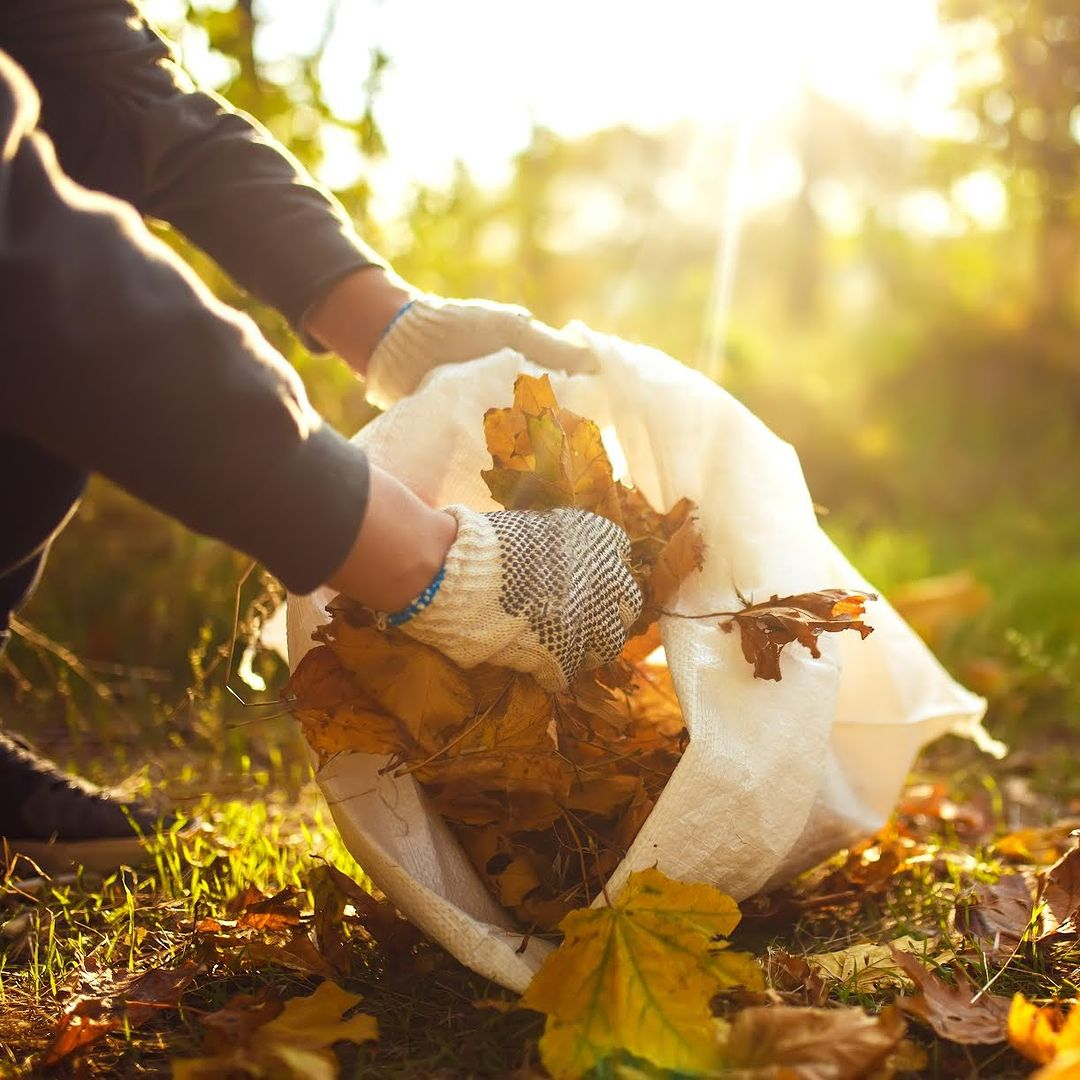
Cleaning all of the fall leaves and debris is the easiest and most effective way to control pests in your garden during the fall. It also helps to prevent potential diseases from spreading. Cleaning leaves and debris from @trueleafmarket
Soil Tilling
Tilling the soil in the fall can be a helpful method for controlling soil-dwelling pests, such as grubs and beetle larvae. By disrupting the soil, you expose these pests to colder temperatures and natural predators, increasing their mortality rate. Tilling can also prevent weeds, which often harbor pests, from taking root and competing with desirable plants. However, gardeners should exercise caution, as excessive tilling can disrupt beneficial soil organisms and lead to soil erosion.
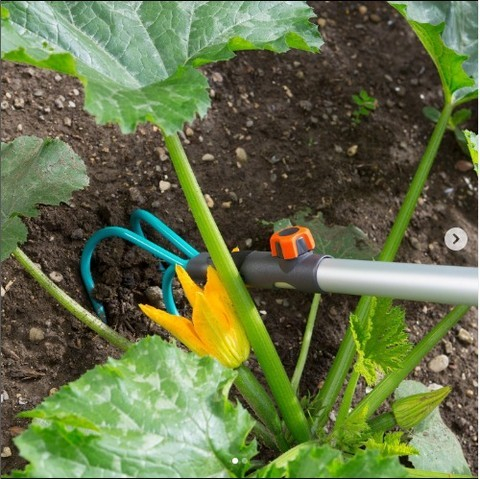
Tilling the soil can prevent pests from spreading during the fall season. It can also help to improve soil structure and nutrient availability for plants. Additionally, tilling can aerate the soil, allowing for better water infiltration and root growth. Soil tilling from @gardena.india
Mulching
Mulching in the fall serves as both a protective layer and a pest control strategy. Applying mulch after tilling can deter pests from burrowing into the soil for winter. Opt for a clean, pest-free organic mulch, which will decompose over the winter and improve soil health. Applying mulch too early in the season, however, may inadvertently provide a warm shelter for pests, so timing is key—apply mulch only after the first frost, when pest activity is reduced.

Layering the fall garden bed with dried grass as mulch will control the pests and weeds while also adding nutrients to the soil as it decomposes. This natural method of pest control can help maintain a healthy garden ecosystem without the use of harmful chemicals. Mulching from @jesspage724
Use Garden Beds
Using garden beds as a method for pest control in the fall offers several advantages for maintaining a healthy garden. Elevated beds create a physical barrier that helps keep pests like slugs, snails, and certain ground-dwelling insects from reaching plants. By containing soil within a specific area, garden beds also make it easier to identify and remove pests that may burrow or hide in the soil. Garden beds also allow for more precise companion planting; for instance, marigolds or garlic can be strategically placed around fall crops to deter aphids and other insects. Additionally, the structured layout of garden beds makes it simpler to use row covers, adding an extra layer of protection to keep pests from settling into the garden over the winter.
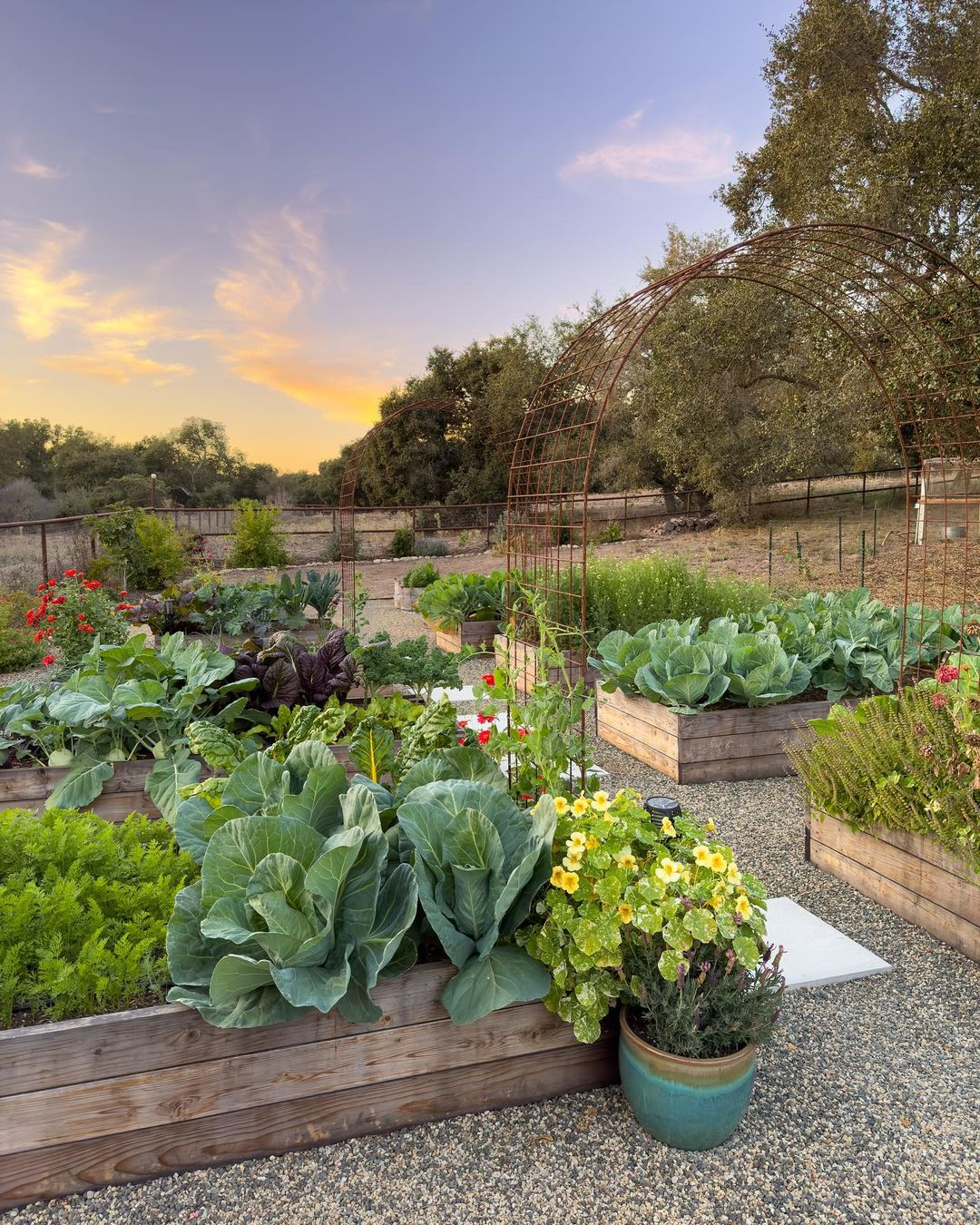
Using garden beds is recommended to promote healthy plant growth. It can control pests and diseases more effectively. Garden beds from @deannacat3
Natural Predators and Beneficial Insects
Encouraging natural predators in the garden is one of the best ways to maintain pest balance. Ladybugs, lacewings, and parasitic wasps are beneficial insects that feed on common pests such as aphids, mites, and caterpillar larvae. Planting specific flowers, such as marigolds, yarrow, and dill, can attract these beneficial insects, helping to control pest populations naturally.
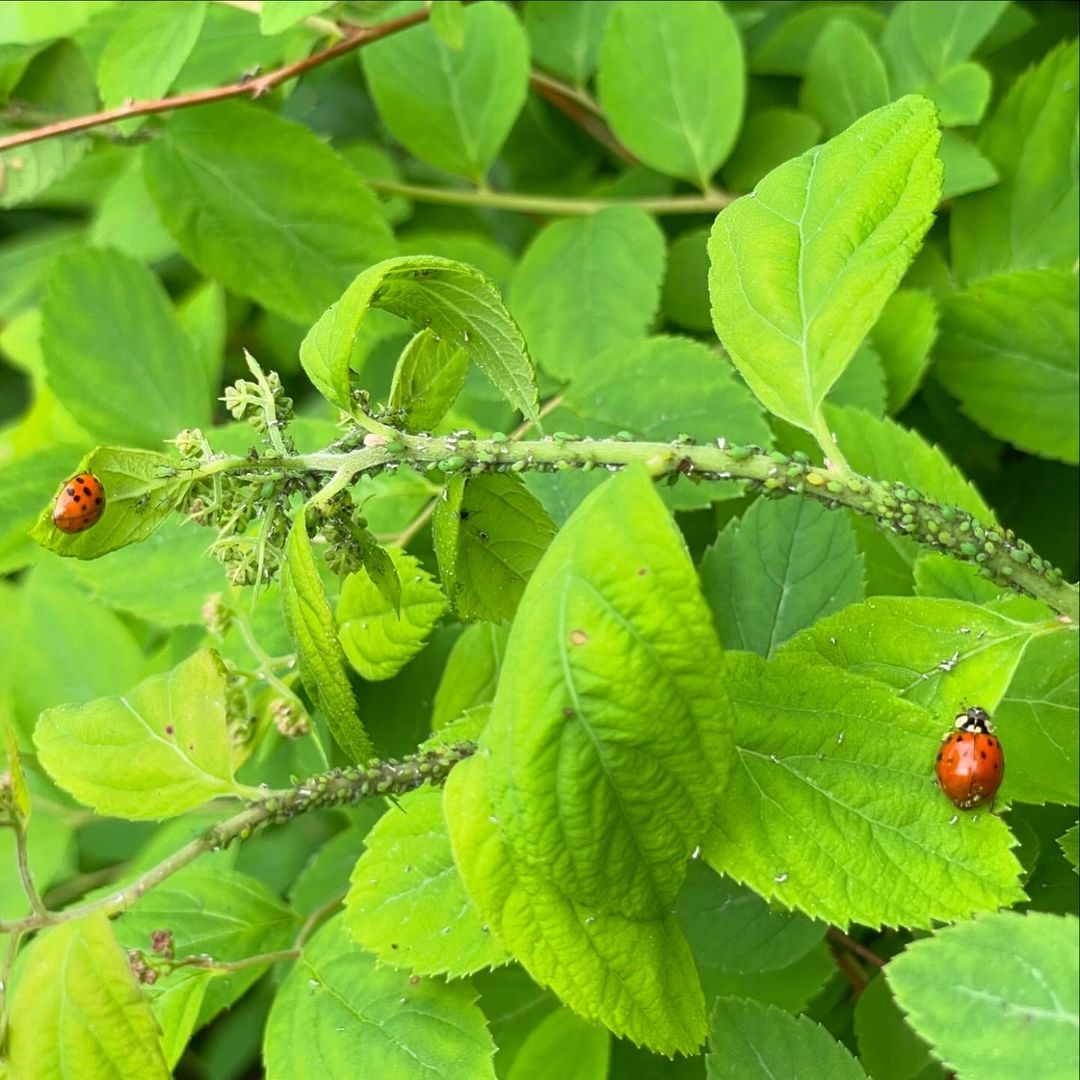
Ladybugs are beneficial insects because they feed on aphids and other garden pests, helping to control their populations naturally. Additionally, ladybugs are also important pollinators for certain plants and flowers, contributing to overall ecosystem health. Beneficial insects from @petalsandwingsimages
Birds, another valuable ally in pest control, feed on a variety of insects and larvae, especially during the fall migration season. Setting up bird feeders or birdbaths can attract these natural predators to the garden. Ground beetles and spiders, too, are excellent at managing pest populations. By creating habitats for these natural predators, such as small piles of rocks or logs, you can encourage them to overwinter in your garden, reducing the pest load for the following season.
Organic Sprays and Treatments
For gardeners seeking organic options, fall is a great time to apply natural pest deterrents. Neem oil, insecticidal soaps, and horticultural oils are effective against a range of pests, including aphids, mites, and scale insects. These treatments are biodegradable and safe for most beneficial insects when used properly. Applying these oils and sprays on affected plants in the fall can eliminate pests and their eggs before winter, ensuring healthier plants come spring.
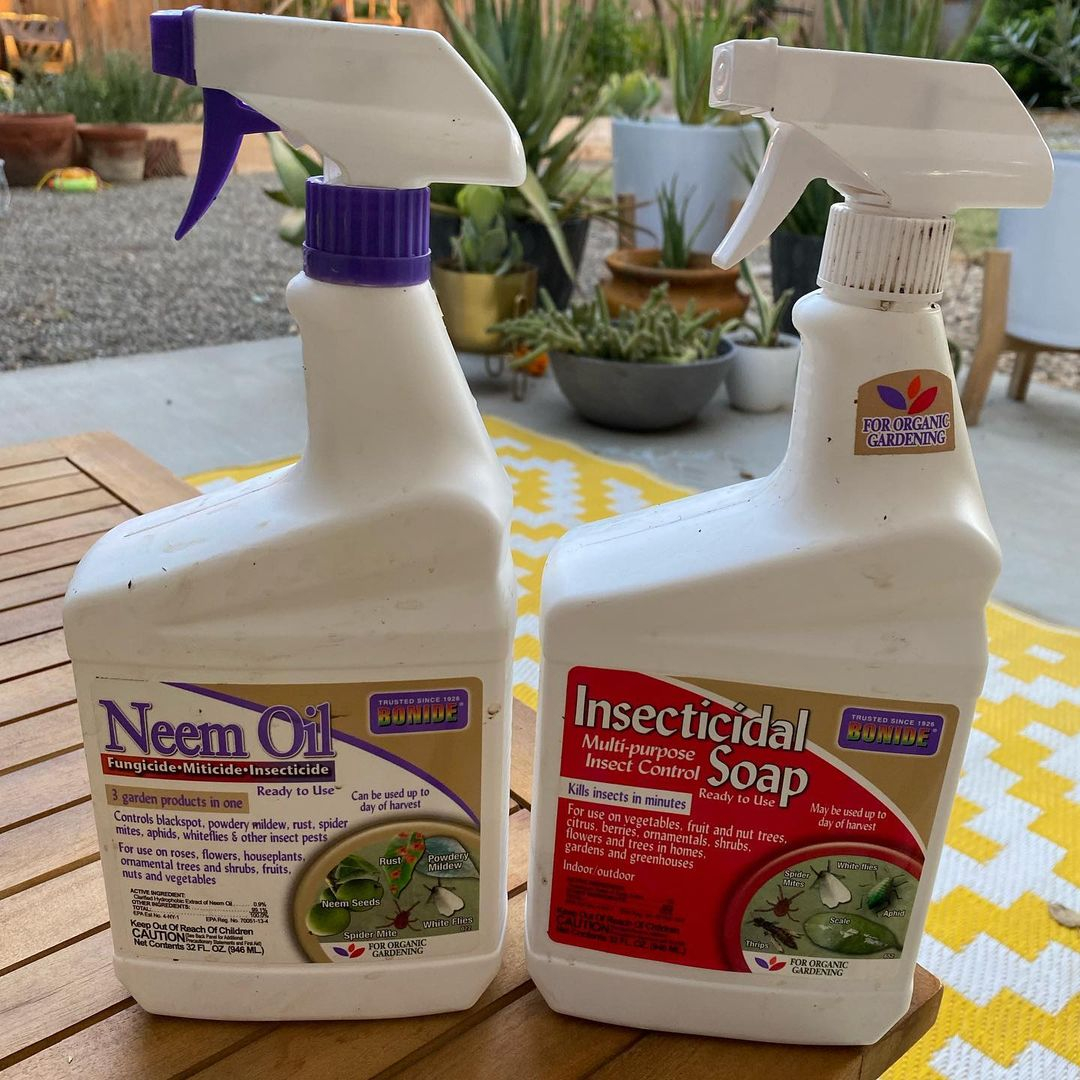
Using neem oil to spray on affected plants in the fall can help control overwintering pests such as aphids, mites, and whiteflies. Neem oil works by suffocating the pests and disrupting their feeding habits, ultimately reducing their populations on the plants. Organic spray from @garde_ning01
Strategic Crop Rotation
For vegetable gardeners, crop rotation and companion planting are excellent strategies to minimize pest issues. Many pests are attracted to specific plant families; rotating crops from different families each season reduces the chances of pests returning to their preferred plants. For example, rotating root crops such as carrots and beets with leafy greens can help disrupt pest life cycles.
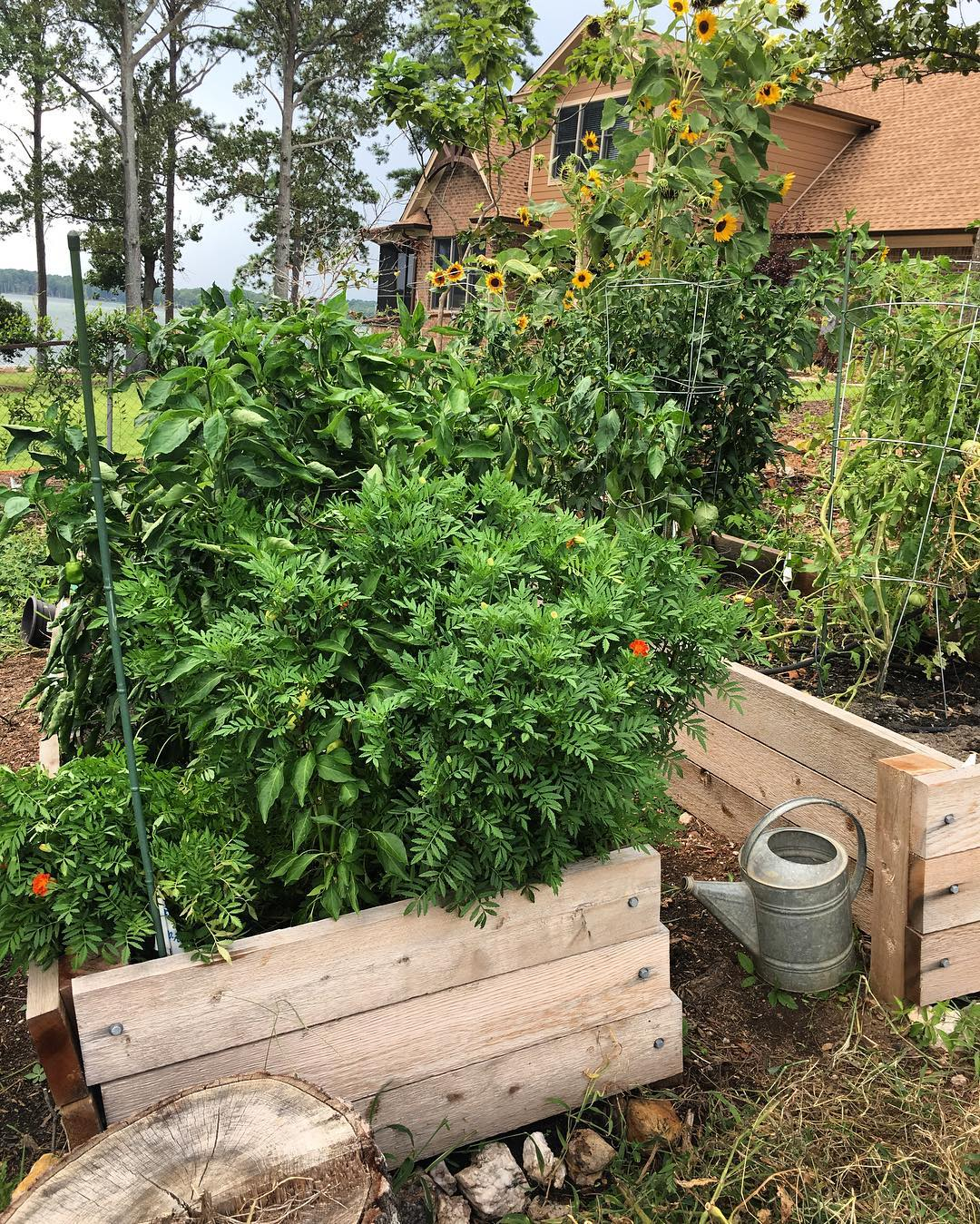
Applying crop rotation by planting leafy green can also control pests in your fall garden. This method disrupts the life cycle of pests that may have overwintered in the soil, reducing their populations naturally. Additionally, planting leafy greens can help improve soil health by adding organic matter and nutrients back into the earth. Crop rotation from @garden_with_me
Companion Planting
Companion planting also plays a vital role in natural pest control. Certain plants repel pests or attract beneficial insects when planted near specific crops. For instance, planting garlic near rose bushes can repel aphids, while marigolds help deter nematodes in vegetable gardens. By carefully planning your garden layout in the fall, you can reduce pest problems in the coming season.
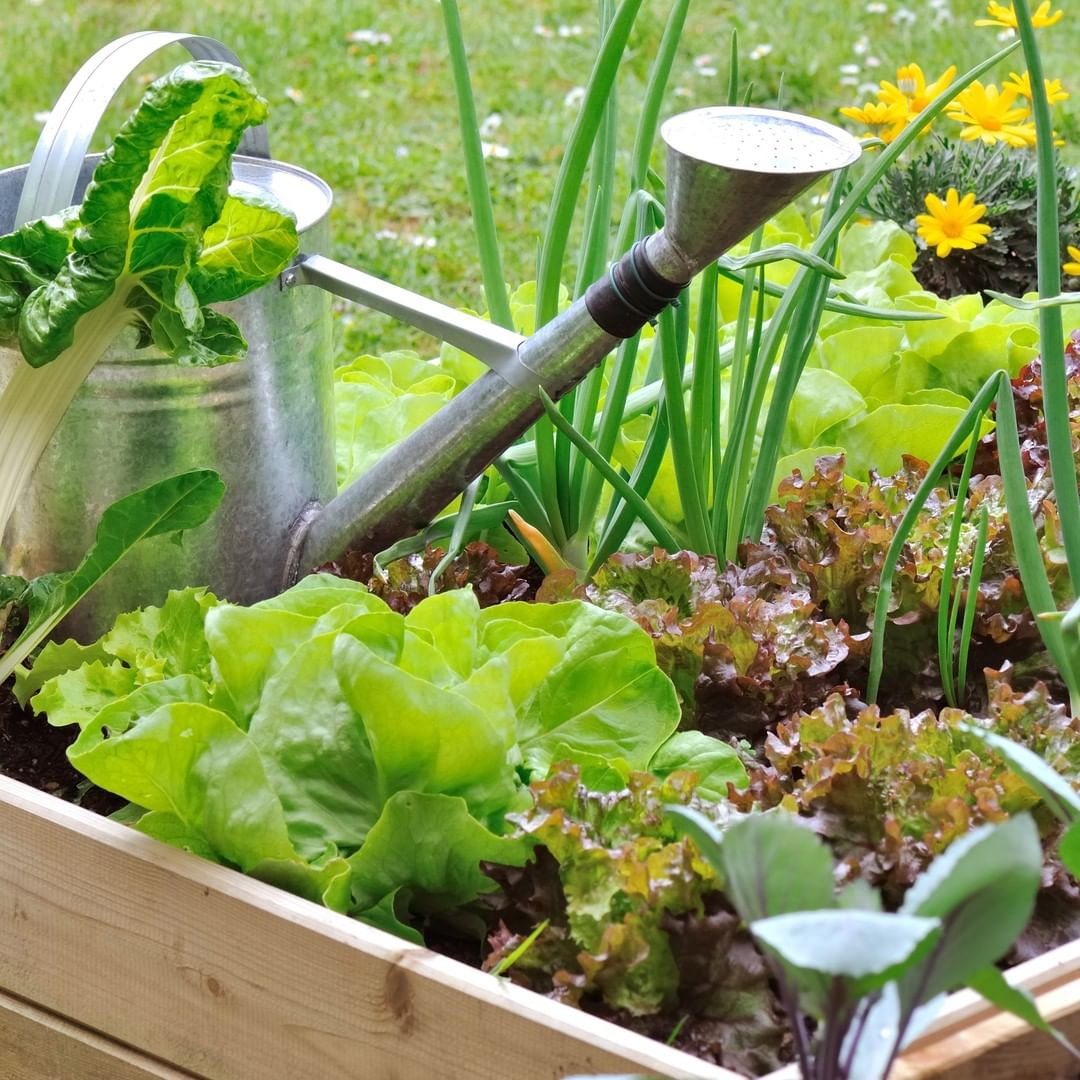
Adding garlic to your fall garden bed will help repel pests and improve the overall health of your plants. Additionally, garlic is a low-maintenance crop that can be harvested in late spring or early summer. Companion plants from @botanical_interests
Closing Thoughts: A Healthier Garden Awaits
Fall is an ideal time to implement pest control measures that have a lasting impact. By focusing on cleaning up debris, managing soil health, encouraging natural predators, and using organic treatments, gardeners can effectively reduce pest populations. These sustainable practices not only keep gardens pest-free but also contribute to the overall health and biodiversity of the garden ecosystem.


